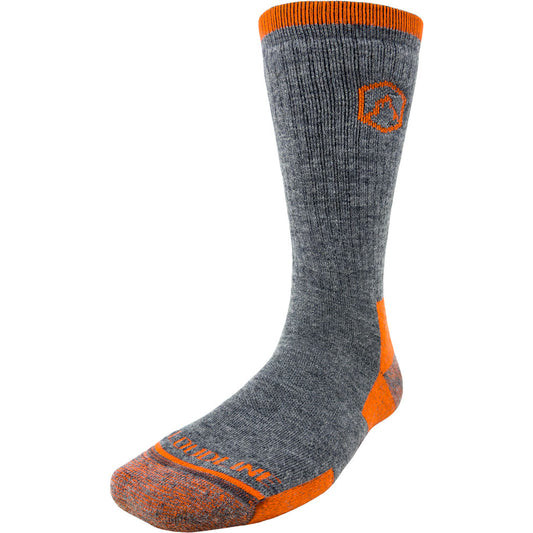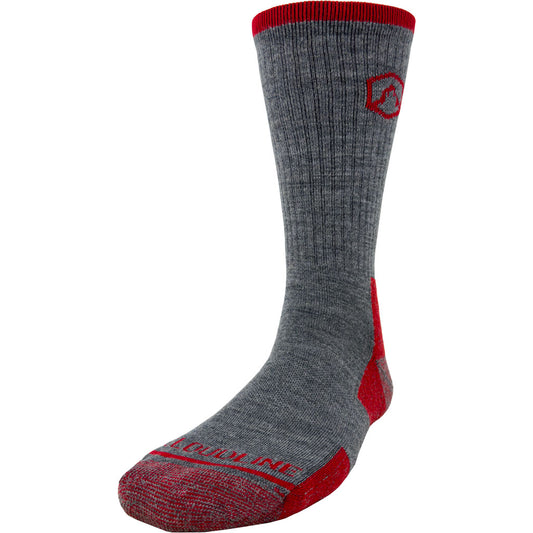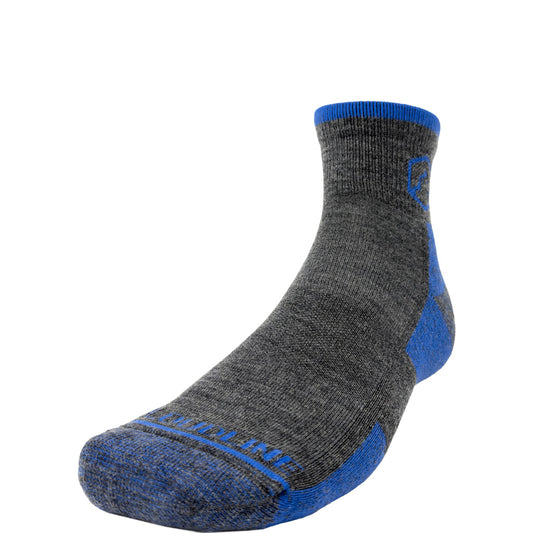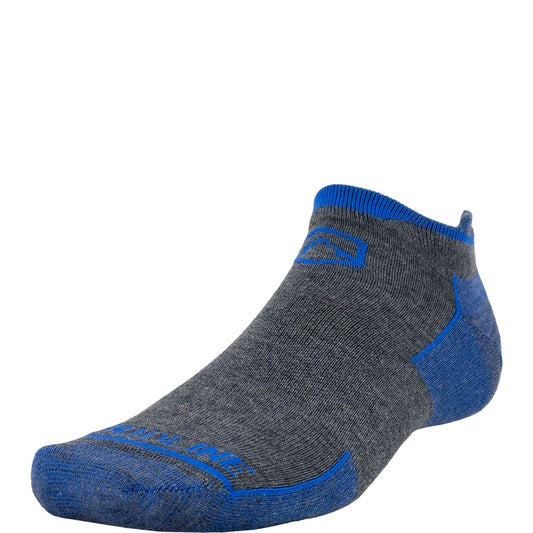
My Transition from Long Distance Hiking to Ultra Running
After Hiking 2,650 Miles on the Pacific Crest Trail, Running an Ultra Marathon was a Perfect Fit

Hiking has a very noticeable progression. Starting off with day hikes then to backpacking. A few overnight trips later, the idea of going further will start to form. Whether you plan to thru-hike, the idea and progression continues for the next adventure. I followed this same progression and haven’t looked back. After completing a second thru-hike the next step for me was getting into ultra-running, the Pinhoti 100. From everything I had read, long-distance hiking and ultra-running are very closely related and that they are.
My First Ultra was turned into a Short Documentary
Type 2 fun is about making the transition from long distance hiker to a long distance runner. After completing the Pacific Crest Trail, months later I decided to try running a 100-mile race. The Pinhoti 100, which is a point to point race along the Pinhoti Trail in Alabama and Georgia.
“It’s not the person that goes the fastest; it’s the person that slows down the least”

Being able to keep moving all day long has been the most beneficial skill going into ultra-running. Yes, you are running instead of hiking but having the mental ability to keep moving makes things so much easier when you are at mile 75 with 25 more until the finish line. More times than not, constancy beats the rabbit (with exception to Joe “Stringbean” McConaughy and Karl “Speed Goat’ Meltzer of course). Those rabbits are machines. But a skill that I have developed from thru-hiking is hiking all day long, which is easier said than done. My style of hiking is considered fast by most but I think steady is more accurate. Hiking the first miles of the day as the sun comes up and the last miles in the dark is a full 13ish hour day (with an hour for lunch). Crushing a 30-35 mile day only requires a 2.3- 2.7 miles/hour. To get the big miles, it’s all about keeping a constant pace while putting in the hours.
Part of keeping a constant pace is how you handle the terrain. How do you tackle the hills? Do you run them or hike them? With the longer ultras most hike the hills, actually, most of the race is hiked. I probably hiked about 40% of the Pinhoti 100. The hills are where I actually passed most of the other runners. This was so crazy to me because it was totally different this past summer on the PCT. The crew I finished the PCT with this past summer would leave me in the dust on climbs, having to smell their dirty unwashed clothes all the way up the mountain. But with my hiking background, it was different in this race. I looked forward to the hills because defaulting back to hiking felt like a time to rest for me.
Welcome to the “Pain Cave”

To start this topic off, I have never been in more pain in my life than mile 78-85 of the Pinhoti 100. On long trails, a common term is “embrace the brutality”. This is said when things seem to be going the opposite way you were thinking it would. Whether you are 40 miles from the next re-supply town with nothing but half a jar of peanut butter and a crumbled Nature Valley granola bar (that has probably been in the food bag for the last 500 miles) or your blistered feet and swollen ankles send agonizing pain up your leg with every step but you have no choice to keep moving because you are 2 days away from the next town to rest or you are hiking through calf deep mud in the rain for 2 weeks straight in Vermont or even swimming across a snowmelt river in the Sierras in 30 degree temps after already hiking 200 miles of snow covered trail knowing you still have 200 more before you will see a dirt trail again. For every one of these not so fond memories, there is twice as much jaw dropping sunsets, open fields drowning in wildflowers and snowy mountain ranges that will leave you sitting in silence forgetting how hungry you are. You have to take the good with the bad.

Having learned that quickly on my first thru-hike, I was better prepared for what was about to happen during the Pinhoti 100. Karl Meltzer said it best regarding running 100-mile races, “its 30 hours, deal with it… what percentage of your life is 30 hours?” It will be hard but you have to accept what is happening. I signed up for this and I need to understand that what is happening is only temporary. Once you get over the wall, things will get easier.
Managing Issues

Pro-Tip: A fresh pair of socks feels great midway through an ultra.
As incredible as thru-hiking is, it is also painful. Every day something new seems to hurt. You will spend the whole day trying to figure out a way to relieve the pain in your left shin by taking different strides, leaning on your trekking poles more and even adjusting your backpack thinking that will do something. And congrats! That pain went away… but now your right ankle hurts. You go through the same dance to solve that issue and now your hip is acting up. And don’t forget about the blister underneath the old blister on your right big toe. Thru-hiking is all about managing issues. With just under 6,000 miles on long trails, I understand the feeling of hiking on swollen knees and feet. I understand what is like having to hike on recently popped blister feet. I understand what it is like to hike with feet so wet and cracked they hurt to dry out. I understand what it is like hiking being so hungry you can’t even think straight. To burn 7,000 + calories a day but only consume 2,000. The battle to consume the number of calories burnt while on a thru-hike or running a 100-mile race will never be won.
A way to manage my energy level from dropping off then spiking during the day is to consume 1 bar around 200 calories every hour while hiking. Almost like an IV of calories, nice and constant. I prefer this source method rather than multiple big calorie dense meals to avoid the groggy post-thanksgiving day lunch sleepy feeling (like that would ever happen on trail). This process worked for me and followed me into distance running, especially after learning that the average body can only process 200-300 calories/hour. Even if more calories are burnt, the extra calories waiting around to be absorbed can cause stomach issues. Though I get my calories from a different source, the basic principle is there. I use a product called Tailwind to get my calories and electrolytes. Tailwind is a powder that is added to water with 1 scoop around 100 calories. So adding 2-3 scoops to my bottles has me covered for the next hour. Using Tailwind and other snacks at aid stations helped me manage the calorie battle to the finish line where then the battle could finally be won at the closest burger joint.
Click here to view all products Cloudline Apparel have available!

My next race is the Lake Martin 100 in March, followed by a northbound Appalachian Trail and southbound Continental Divide Trail thru-hikes starting 4/1.




